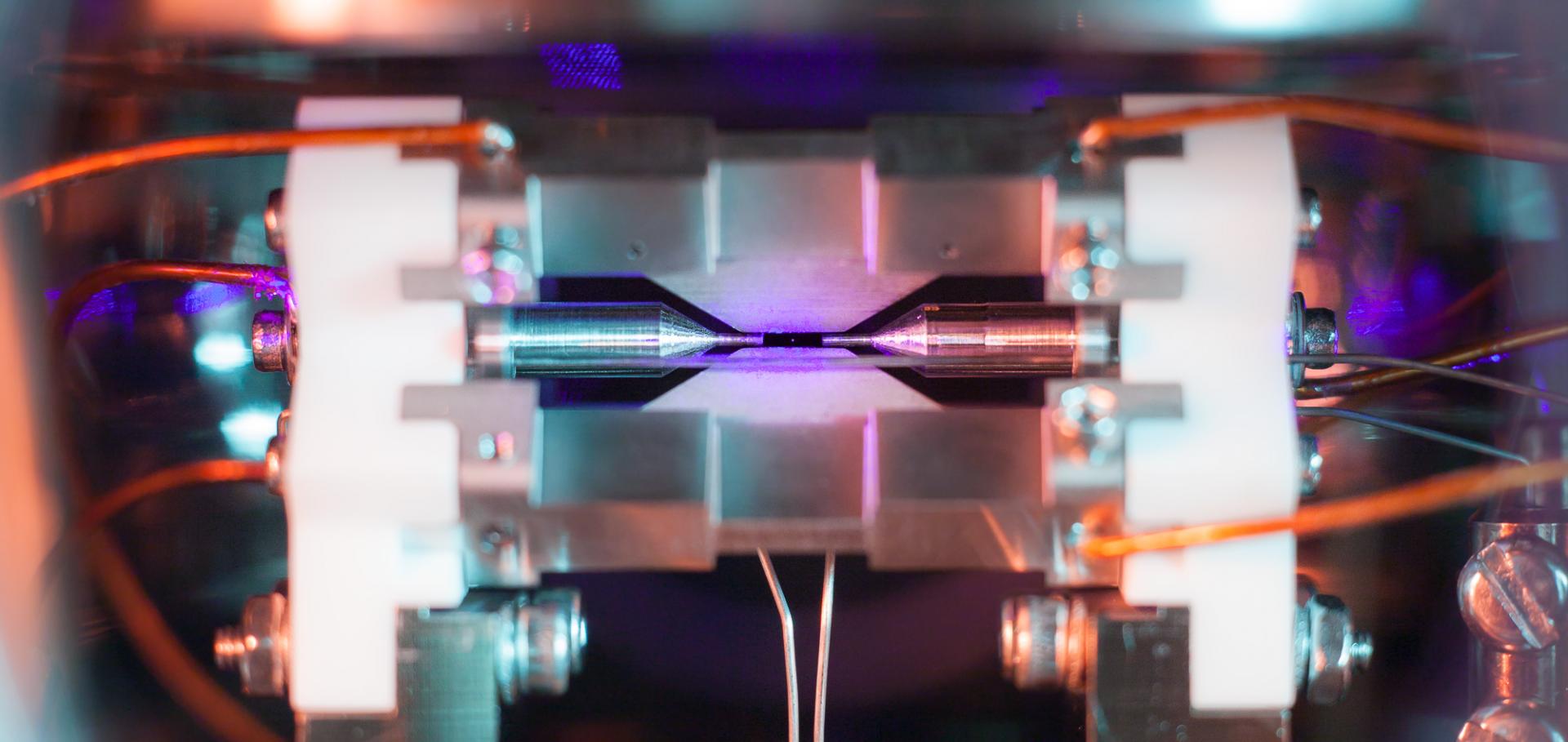Oxford ion-trap quantum computing project.
Philos Trans A Math Phys Eng Sci 361:1808 (2003) 1401-1408
Abstract:
We describe recent progress in the development of an ion-trap quantum information processor. We discuss the choice of ion species and describe recent experiments on read-out for a ground-state qubit and photoionization trap loading.Experimental demonstration of a robust, high-fidelity geometric two ion-qubit phase gate
Nature 422 (2003) 412-415
Quantum information with trapped ions at NIST
Journal of Modern Optics 50-6:7 (2003) 1115-1129
Abstract:
We report experiments on coherent quantum-state synthesis and control of trapped atomic ions. This work has the overall goal of performing large-scale quantum information processing; however, such techniques can also be applied to fundamental tests and demonstrations of quantum mechanical principles, as well as to the improvement of quantum-limited measurements. © 2003 Taylor & Francis Group, LLC.Towards quantum information with trapped ions at NIST
JOURNAL OF PHYSICS B-ATOMIC MOLECULAR AND OPTICAL PHYSICS 36:3 (2003) PII S0953-4075(03)54725-3


